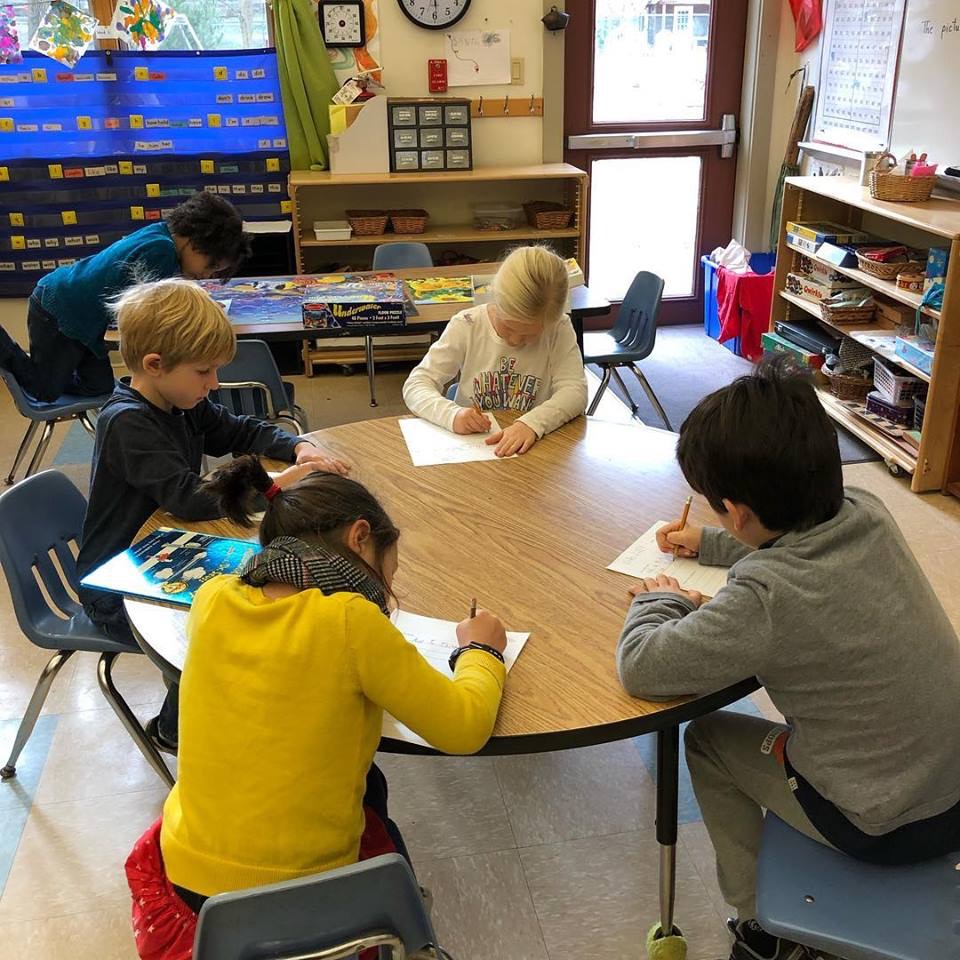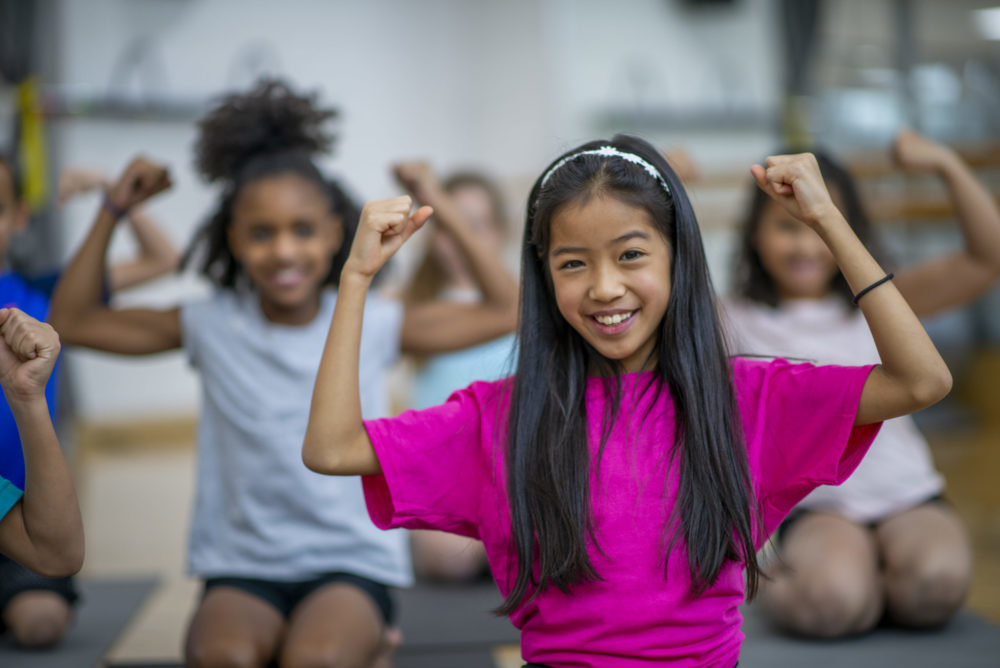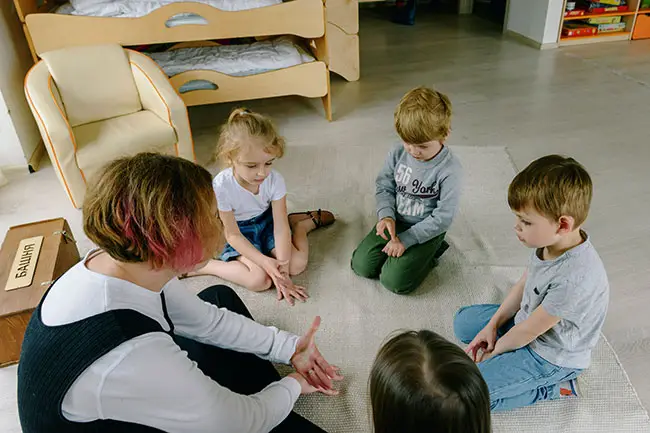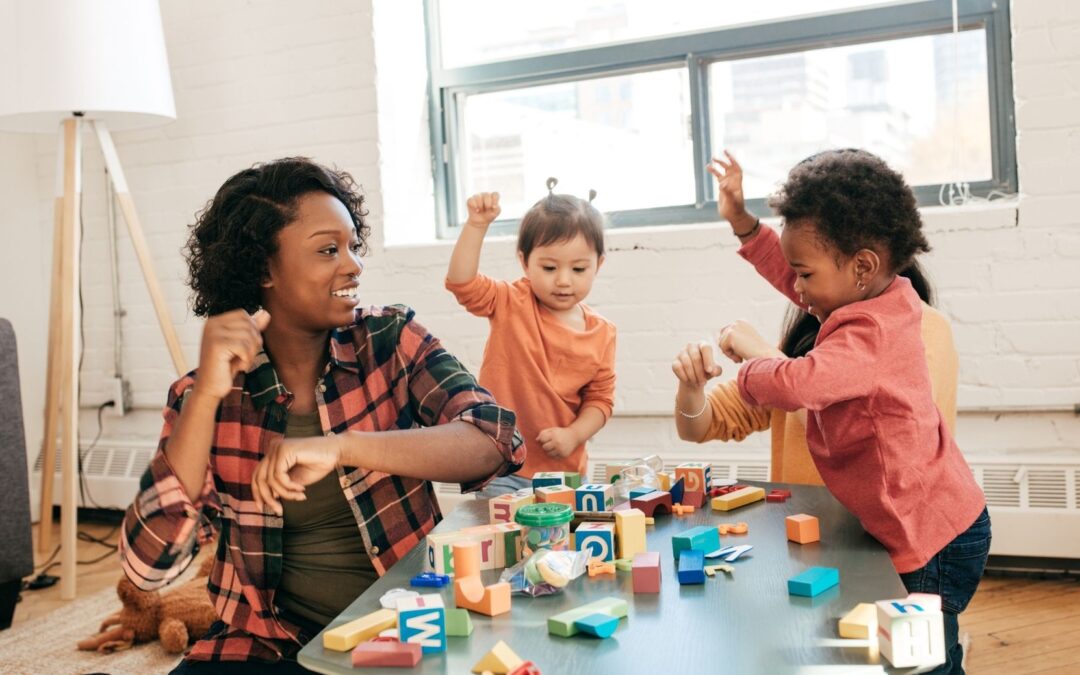The Importance of Play for Young Children
Play is essential for the cognitive, physical, social, and emotional development of children. As an early childhood education provider, Crystals Childcare and Preschool recognizes the immense value of play and incorporates it into our curriculum and daily activities. Play facilitates healthy growth across all developmental domains, allowing children to progress cognitively and physically
Play Boosts Brain Development
Play activates many regions of the developing brain simultaneously as children interact with materials and people around them. This widespread neural activation associated with play strengthens connections between nerve cells and facilitates brain plasticity. Brain plasticity refers to the brain’s ability to modify neural pathways and synapses in response to new experiences. Play provides a myriad of novel experiences to promote plasticity.
Additionally, play builds nerve connections vital for enhancing memory, problem-solving, social skills, self-regulation, resiliency, and cognitive flexibility. These cognitive abilities form the foundation for future academic and life success. Our qualified teachers thoughtfully design play experiences tapping into various forms of play to target different developmental areas.

Types of Play
Physical Play
Physical play that involves movement, balance, and coordination promotes strength, flexibility, and bodily control. When children run, climb, skip rope, or participate in games like tag and soccer, they improve motor skills while also burning calories to maintain healthy growth. Our playground is specially designed to encourage physical play with sections for games and climbing structures. Teachers may incorporate music and movement activities or relay races as well.
Socio-Dramatic Play
Socio-dramatic play refers to acting out situations, roles, and relationships, such as playing house. This form of play improves social competence, emotional regulation, cooperation, language, and problem-solving. Our child-sized kitchens, dollhouses, costumes, and props let children engage in role-playing games. Teachers join in socio-dramatic play to model prosocial behaviors.
Constructive Play
Building and creating from materials like blocks, clay, crayons, and craft supplies fosters creativity, planning, reasoning, and fine motor dexterity. Children experience pride in constructing something reflecting their thoughts and talents. Our classroom interest areas contain manipulatives for constructive endeavors. Teachers introduce new art materials and build media to spark constructive play
Pretend Play
Pretend play involves make-believe scenarios, often overlapping with socio-dramatic play. Using imagination to create “as if” situations promotes divergent thinking, language, and comprehension of cognitive viewpoints like beliefs and emotions. Our toy figurines, puppets, costumes, and role-play areas encourage pretend play. Teachers may pretend along with children modeling vocabulary and imaginative thinking.
Games with Rules
Table games, musical chairs, Simon Says and sports with rules necessitate focus, planning ahead, following directives, and controlling impulses to win. These skills undergird academic learning. Our game library spans fun board games, card games, puzzles, and cooperative games facilitating this form of play. Teachers demonstrate games and then allow children to practice regulating attention and behavior to become skillful players.
Play-Based Learning
Play-based learning harnesses the power of play intentionally to achieve specific developmental and early academic goals. This child-centered approach utilizes play as the conduit to deliver our research-based curriculum covering social studies, math, science, literacy, and arts. Teachers scaffold learning via play, joining children in activities then collaborating on ideas and concepts or introducing new vocabulary. This furthers cognition while upholding playfulness rather than isolating skill instruction.
Learning Settings Enhancing Development via Play
Our thoughtfully composed classroom environments encourage discovery, decision-making, cooperation, and skill-building through self-directed play.
Dramatic Play Center
The dramatic play center provides materials to let imagination soar. Child-sized kitchen appliances, dining sets, dolls, clothing, occupational tools, and props give life to all kinds of pretend play scenarios. Teachers engage in role-play with children expanding narratives.
Block Center
The block center offers an array of building blocks and accessories like model animals, signs and toy people to construct elaborate structures. Colored blocks, pattern blocks and puzzles also foster STEM learning. Teachers guide spatial reasoning and mathematical thinking during block play.
Art Center
Our art center provides an array of crayons, paint, clay, collage materials, and tools like safety scissors, glue, and art easels to spur creative experimentation and fine motor development. Teachers demonstrate art techniques and then observe as children create artistic products that are displayed.




Library Center
The library center contains age-appropriate books including fiction and non-fiction choices to nurture early literacy. Cozy spots give respite for solo reading while tables allow for group story time. Teachers read aloud stories and then discuss concepts and vocabulary. Felt boards, flannel boards, and magnetic boards with story characters let children retell tales.
Sensory Table
Tactile stimulation aids sensory development and scientific curiosity. Our sensory table is filled with various materials for scooping, pouring, measuring, filtering, and comparing substances. Teachers guide investigative play by embedding learning prompts into the experience.
Music and Movement
Music, rhythm, and movement are integrated across our programming in teacher-led group music and movement activities. Children develop auditory discrimination, language skills, and coordination when chanting rhymes, singing songs, and dancing. Musical concepts like volume, speed, and types of sound also emerge.
Outdoor Playscapes
Our outdoor playground has structures for climbing, sliding, balancing, spinning, and swinging to build total body coordination and strength. Riding toys, balls, bubbles, sidewalk chalk, and games like hopscotch promote further energetic play and social interaction. Nature exploration also occurs on the playground. Teachers participate alongside children in gross motor activities.
Benefits of Play for Development and Learning
Play confers many interrelated benefits that enrich holistic student outcomes:
Physical Benefits
● Gross motor and fine motor skills improvement
● Enhanced bodily coordination, strength, balance, flexibility
● Weight management and obesity prevention
Cognitive Gains
● Increased problem-solving, critical thinking, and decision-making abilities
● Boosts in focus, self-regulation, and memory capability
● More creativity, imagination, and innovation
● Better language, vocabulary, and communication skills
Academic Advantages
● Literacy preparation via story comprehension and retelling
● Foundational mathematics concepts like sorting, matching, counting
● General knowledge about science, social studies, and the arts
● Reading readiness and motivation to learn
Social-Emotional Uplift
● Higher self-esteem and confidence
● Better at cooperating with peers and relating positively
● Increased empathy, ability to consider other perspectives
● More competence in recognizing and regulating emotions


The American Academy of Pediatrics reaffirms play as essential to social, emotional, and cognitive vitality. Crystals Childcare and Preschool echoes this sentiment with our play-centered programming facilitating all aspects of early development.



Play and Learning Goals by Age at Crystals Childcare Preschool
Our curriculum aligns play opportunities with targeted learning across stages to optimize
outcomes.
Infants/Toddlers (0-2 years)
● Play types: sensory, pretend, physical, manipulative, games with rules
● Goals: Bonding, exploring surroundings, language development, and movement
milestones like grasping, sitting, crawling, and walking. Teachers nurture infant/toddler
play through one-on-one interactions, echoing vocalizations, singing, reading, assisted
movement, and access to stimulating materials.
Preschoolers (3-5 years)
● Play forms: Pretend, physical, manipulative constructive, games with rules
● Skills: Initiative, creativity, motor dexterity, cooperation, early literacy, and math
readiness like numeracy, writing names, shape knowledge. Teachers scaffold
preschooler play by modeling imaginative scenarios, conversing, displaying artwork,
joining constructivist activities and table games, and asking curricular questions.
School-Age Children (K-12 years)
● Play genres: Physical, competitive games with rules, constructive, dramatic
● Developmental gains: Fine motor proficiency, strategic thinking, understanding
perspectives, self-direction. Teachers structure school-age play by refereeing games
fairly, checking comprehension during role-play, fostering collaborative building projects,
and encouraging peer bonding.
Concluding Thoughts
Play serves a profound, vital role in expanding cognitive, social-emotional, physical, and academic competencies during childhood. Our dedication to play-based learning steers holistic growth so children gain skills required for the present and future. Crystals Childcare and Preschool welcomes families to see firsthand the many joys and advantages of play for young students. Contact us today at (432) 687-5904 or info@crystalschildcare.org to learn more about our developmentally appropriate programs.

